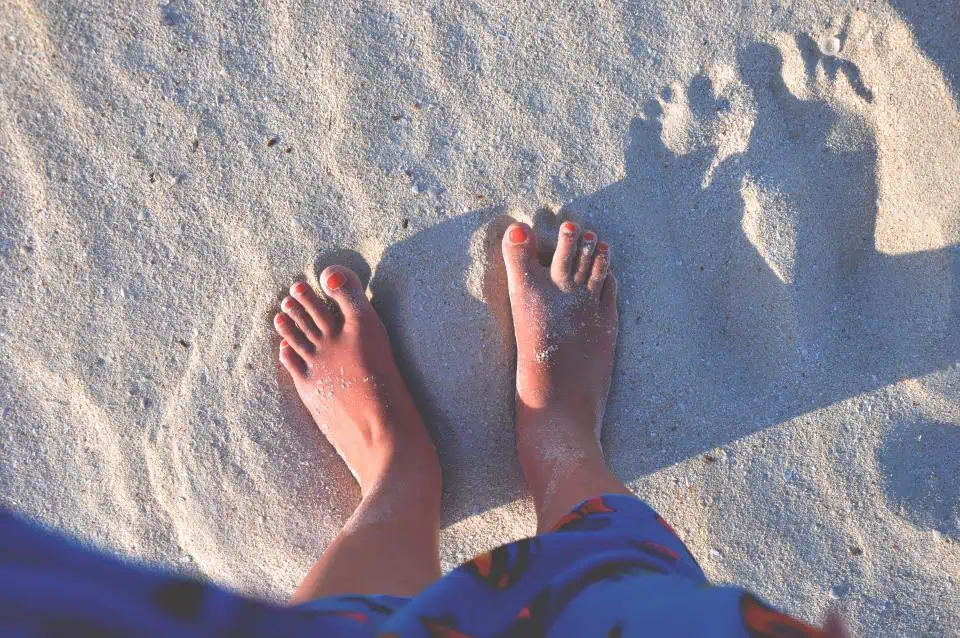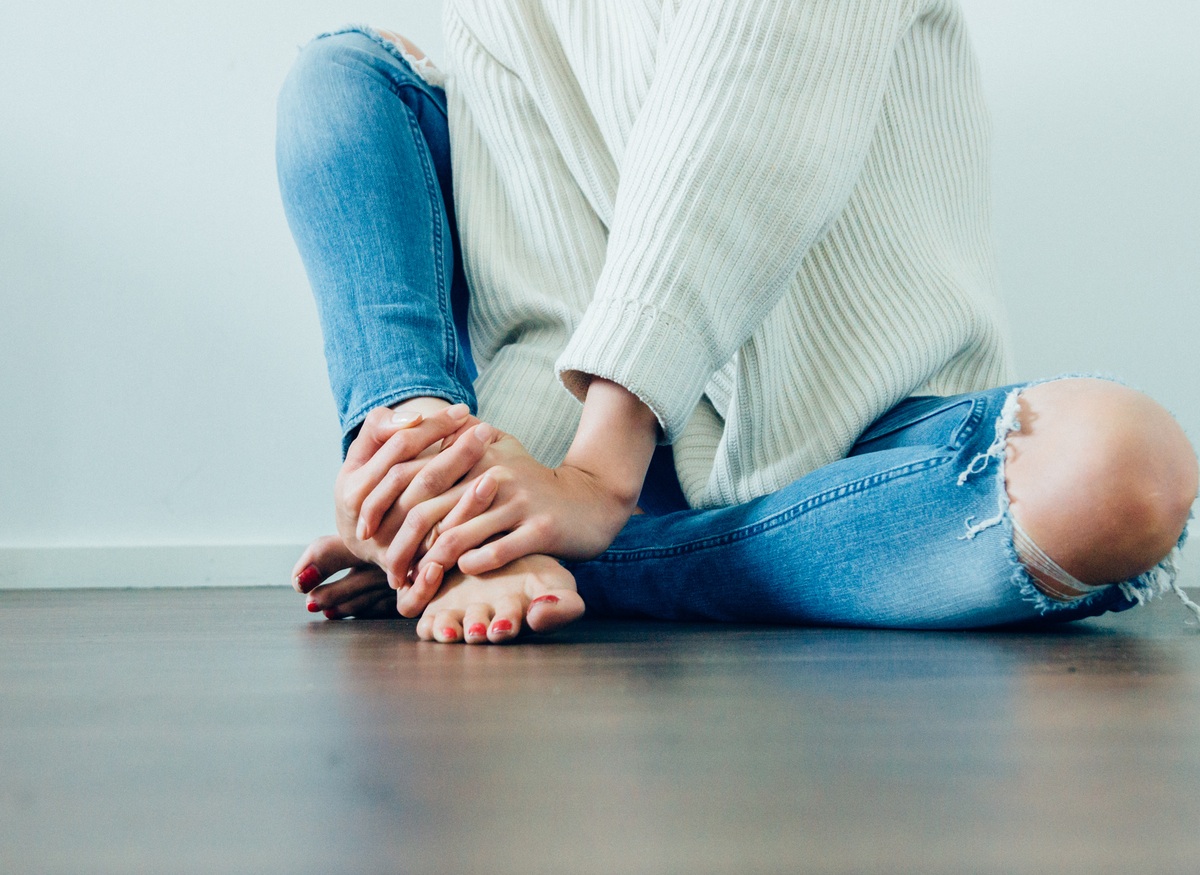If you’re suffering from foot pain that just won’t go away, you’ll try almost anything to find relief. Pain medications, physical therapy, orthotics, braces, special shoes, rest, ice, heat, massage…the list goes on.
But chronic pain is usually a side effect of something even bigger—chronic damage to the affected joints, ligaments, tendons, and muscles. The severity of this damage is often the most important criteria to consider when determining the best treatment.
What happens to your body parts from regular and long term damage?
- Chronic damage to a joint leads to osteoarthritis.
- Chronic damage to tendons causes thickening and scarring of tendons as well as possible rupture or tearing.
- Chronic damage to ligaments creates joint instability, which can lead to arthritis and worsening of tendon issues.
In most cases, this damage is not going to be isolated to just one structure. Rather, people who suffer chronic pain usually have all of these structures damaged to some degree, and the parts that are the most severely damaged usually determine the best course of treatment.
Is it time for you to consider surgery?
First, we’ll need to determine how bad the damage is. This is where all those x-rays, MRIs, blood work, etc. come into play. X-rays will show severity of arthritis and an MRI will show the severity of damage to tendons and ligaments.
For more severely damaged structures, conservative treatment may have a low chance of success and https://websitetest8.striveenterprisetest.com/anderson-center-for-surgery/surgical treatment may be more likely, but rarely will an x-ray or MRI be the absolute deciding factor of treatment for a chronic issue. It’s just another bit of info to factor in.
Every patient is different, and I tailor the treatment of chronic pain to the particular demands of each person, based on their lifestyle. Together, we decide whether conservative treatments can successfully help with chronic foot pain. If not, it might be time to consider surgery, which, in most cases, can help you get back on your feet sooner, and hopefully pain-free!







![photo-1425009294879-3f15dd0b4ed5[1]](https://websitetest8.striveenterprisetest.com/wp-content/uploads/2016/05/photo-1425009294879-3f15dd0b4ed51-200x300.jpg)











